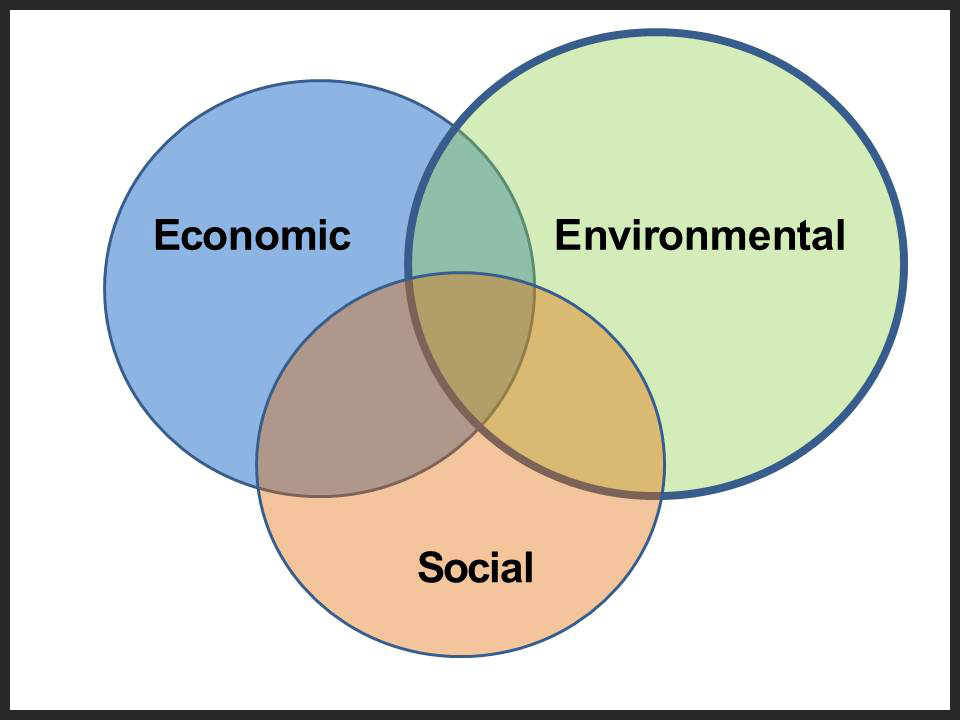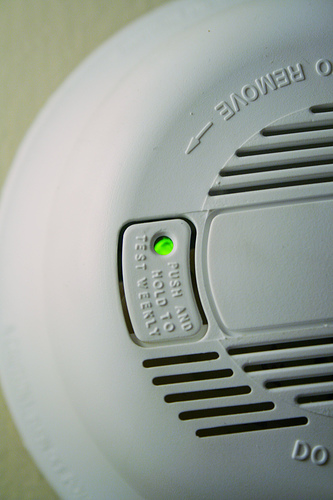Valley fever is an illness that usually affects the lungs and is caused by the microscopic fungus known as Coccidiodes immitis, which lives in the top two to twelve inches of soil. While the fungal spores may be present in soils throughout California, they are endemic in the Central Valley counties of Fresno, Kern, Kings, Madera, Merced, San Luis Obispo, and Tulare.
Audit, Compliance and Risk Blog
STP Editorial Team
Recent Posts
Tags: Employer Best Practices, Health & Safety, Employee Rights, California Legislation, Environmental risks, Environmental, EHS
When the majority of people hear the word “violence” they think of physical assault. Of course we know that acts of violence go beyond the physical to include any act in which a person is abused, threatened, intimidated, or assaulted. Every year almost two million U.S. workers report having been victimized by acts of workplace violence, yet many cases still go unreported. Workplace violence is a much bigger problem than many people realize, and it can happen anywhere at any time, and everyone is at risk.
Tags: Business & Legal, Employer Best Practices, Health & Safety, Employee Rights, Workplace violence, criminal background checks
Did you know that “what you drive, how you drive, and what fuel you use can impact both the environment and your pocketbook?” The U.S. Environmental Protection Agency (EPA) has put together a Green Vehicle Guide website that provides useful information and answers to all your questions about how you can go green on the road and save money too.
Tags: Health & Safety, California Legislation, Training, Environmental risks, Environmental, EPA, Hazcom, Transportation
You’ve likely heard it said that “everything we need to know we learned in kindergarten.” Well, that includes the benefits of taking a nap in the middle of the day, which has been shown to improve attitudes and enhance the ability to learn and manage tasks. Young children and elderly persons tend to nap, and napping is an important aspect of many cultures. However, as a nation, the United States appears to be becoming more and more sleep deprived. General reluctance to take naps may be attributed to a busy lifestyle and the demands of the North American workplace, or to the idea that napping will interfere with our nighttime sleep, or the stigma that napping equals laziness and results in poor productivity.
Tags: Corporate Governance, Business & Legal, Employer Best Practices, Health & Safety, Employee Rights, Training
EPA Promotes Green Infrastructure for Healthier Urban Environments
Posted by STP Editorial Team on Tue, Jun 09, 2015
What is “green infrastructure”? Green infrastructure incorporates vegetation, soils, and natural processes to manage water and create healthier urban environments. When talking about an area the size of an entire city or county, green infrastructure refers to an assorted collection of natural areas that provide habitat, flood protection, cleaner air, and cleaner water. When referring to an individual neighborhood or smaller locale, green infrastructure refers to stormwater management systems that simulate nature by soaking up and storing water, which then can be redirected back into sustainable usage by those communities.
Tags: Health & Safety, Environmental risks, Environmental, EPA, Transportation, Stormwater
California Water Crisis = Rising Consumer Costs for a Vanishing Resource
Posted by STP Editorial Team on Thu, Apr 09, 2015
Although water covers nearly three-quarters of the earth’s surface, only 0.033 percent of the world’s total supply is fresh water available for human use. Water is essential to every form of life, but is often taken for granted by consumers, who generally have maintained an attitude that plentiful water of the highest quality will always be available and is their right, a notion perpetuated by legislation. In 2013 the State Water Resources Control Board (SWRCB) established, under Section 106.3 of the California Water Code, that every human being has the inherent right to clean, safe, affordable, accessible, and adequate water for human consumption, cooking, and sanitation. That’s wonderful…when there is plenty of water to go around.
Tags: Environmental risks, Environmental, EHS, EPA, climate change
Finalization of Revised ISO 14001 Standard for EMS
Posted by STP Editorial Team on Mon, Mar 30, 2015
The revision of the ISO 14001 Environmental Management Systems Standard is now in its final stages. The Final Draft International Standard (FDIS) will be released soon for the membership to vote for approval or reconsideration—and voting will continue for two months, at which time, the FDIS will be approved as is, or sent back to the ISO Environmental Management Technical Committee 207 (ISO/TC207). Due to the lengthy and deliberate process built into reviewing and updating ISO standards, it is rare for an FDIS not to be approved.
Tags: Corporate Governance, Business & Legal, Employer Best Practices, Environmental risks, Environmental, corporate social responsibility
OSHA: Winter’s Not Over Yet—Work Safe in Cold Weather
Posted by STP Editorial Team on Mon, Mar 16, 2015
Spring may be just around the corner, but winter isn’t over yet. Those of us who work in comfortable indoor spaces are fortunate that we only experience the cold weather on our way to and from work. However, for the many who work outdoors, the weather presents a daily challenge, especially during winter.
Tags: Corporate Governance, Employer Best Practices, Health & Safety, OSHA, Employee Rights, EHS
Injury And Death Due To Railway Trespassing is Preventable
Posted by STP Editorial Team on Mon, Mar 09, 2015
Trespassing along railroad and transit rights-of-way (ROW) is a leading cause of rail-related deaths in America. Almost every two hours someone in the U.S. is hit by a train. Highway-rail crossing and trespasser deaths account for 90 percent of all rail-related deaths; more than 550 trespass fatalities and nearly as many injuries occur each year.
Tags: Corporate Governance, Employer Best Practices, Health & Safety, Training, Transportation
California Law Requires Long-Life Batteries in Smoke Detectors
Posted by STP Editorial Team on Mon, Feb 16, 2015
How many times have you popped the batteries out of those old smoke detectors when the alarm blasted over burnt toast…and then failed to put the batteries back in? Or how about not replacing the batteries when they die or checking to see if the alarm is still in working order? Is there even a smoke detector in the house?
Tags: Corporate Governance, Business & Legal, Health & Safety, California Legislation, Environmental risks, Environmental, Transportation










